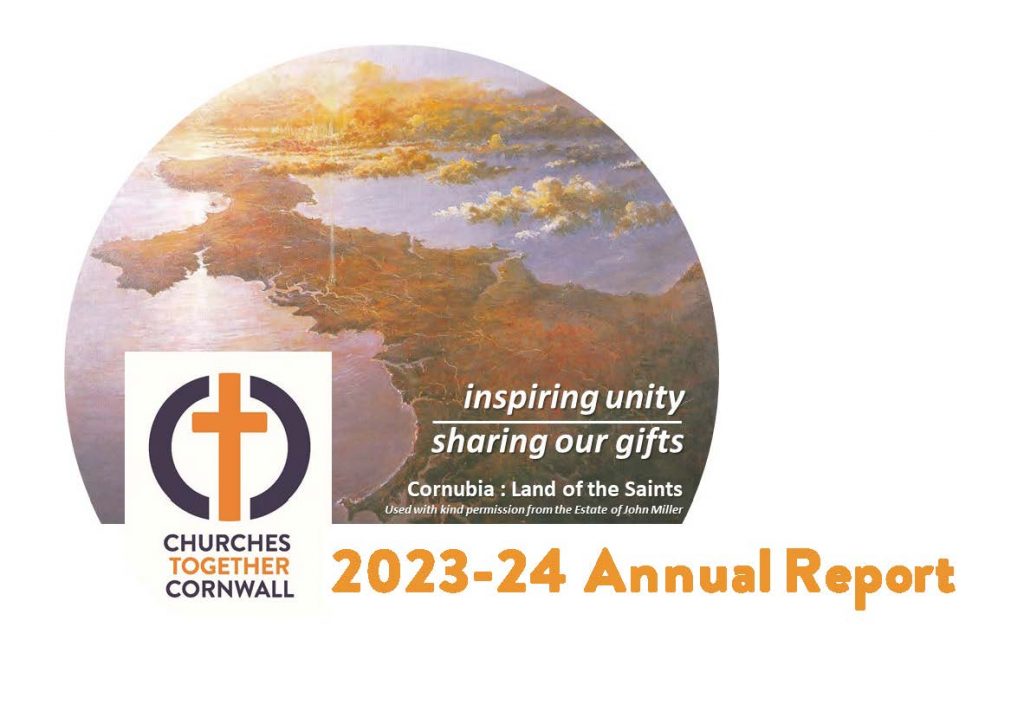09/11/2020
Hannah Rich introduces the GRA:CE Project final report ‘Growing Good; Growth, Social Action and Discipleship in the Church of England’.
How can it be that an organisation whose membership continues to fall is, at the same time, increasing its service of the community? Juxtaposed with attendance figures that have declined continually over the last decade, the Church of England’s enduring role in social action is paradoxical – and the COVID–19 pandemic has served only to highlight this further. Perhaps we might turn the question on its head: could the growth of the church, or the reversal of its decline, lie in its social engagement with local communities?
Over the last three years, I have travelled the country and interviewed over 350 people in 66 parish communities of all sizes, aiming to explore that very question. In toddler groups and lunch clubs, food banks and night shelters, I have heard countless stories of growth, both individual and collective, in faith and in number. Growing Good, our new report in partnership with Church Urban Fund, outlines these stories and draws out key characteristics consistent with congregations that are growing spiritually and numerically through their engagement in social action.
Firstly, the ongoing presence of the church allows it to grow through continued engagement with its community. In difficult places and circumstances, the perseverance of the church leads to growth even when it is hard–won.
The hospitality and generosity demonstrated by the church through its social action, often quite literally in the form of sharing meals and food with others, is central. The church puts relationship at the heart of this, in a way that statutory services are not always able to do.
The adaptability of the church and its willingness to embrace those whose lives and faith journeys are complicated can contribute to growth. It is also important that churches are resilient enough to handle the emotion that may go with this. (In one example, we heard of an individual whose journey of faith was summed up by the fact that they no longer ran away from police, which might not figure in many frameworks of discipleship but was transformative nonetheless.)
Lastly, the invitation to participate that social action offers to those in and outside the church is vital. This isn’t always seen by the congregation; churches are often quicker to invite others to courses or events, but the opportunity to join in with the activity of the church can often be a valuable first point of contact with the church.
The report contains recommendations about the Church’s potential role in national volunteering; the way we measure church growth and attendance; and the way congregations might be better equipped to connect their faith with the needs of their community.
Back in 2018, I heard from volunteers about the bittersweet nature of incorporating food bank storage into the planning and design of their new church building. They spoke almost sanguinely about the possibility of a future where the food bank space would be redundant. Few then could have predicted the impending pandemic, nor the social and economic consequences it would have. Yet even in late 2019, when the qualitative research concluded, it was clear that the social action of the Church was still present and still needed.
Perhaps it is true that, as various media commentators have alleged, the Church of England was too quiet in national public life during the early part of the COVID–19 pandemic. But at a local level, this was far from the case, with local churches stepping up their social action to meet increased demand. More broadly than this crisis, the value of local churches and what they offer to the community is clear and, we suggest, may well represent the possibility for church growth too.
You can read the full report here.
You can read the stories of the people behind the research here.





